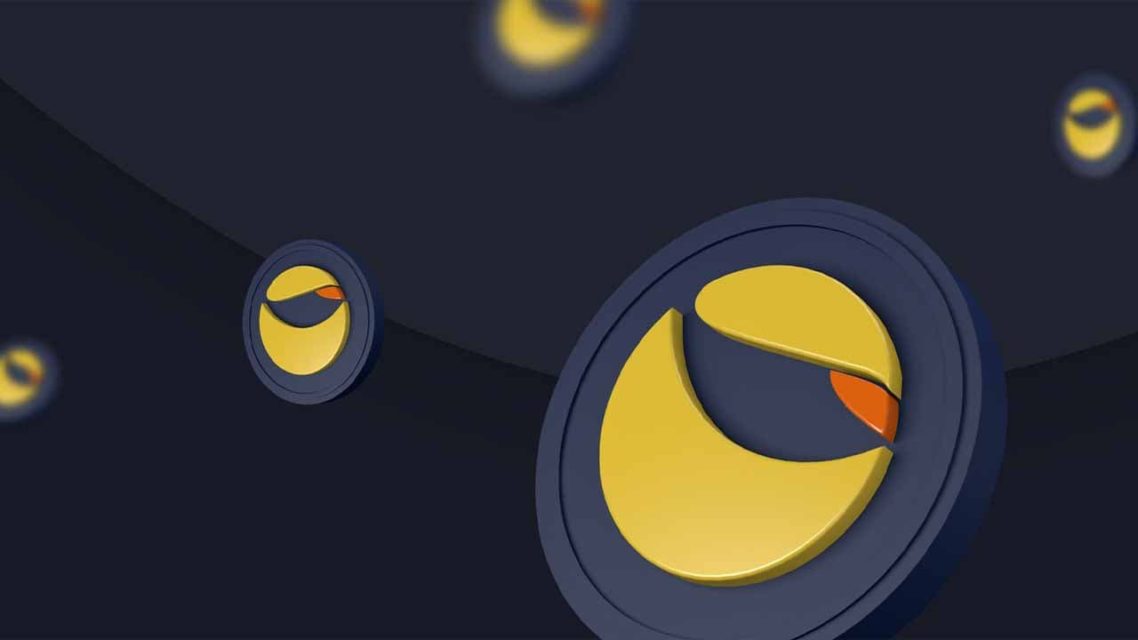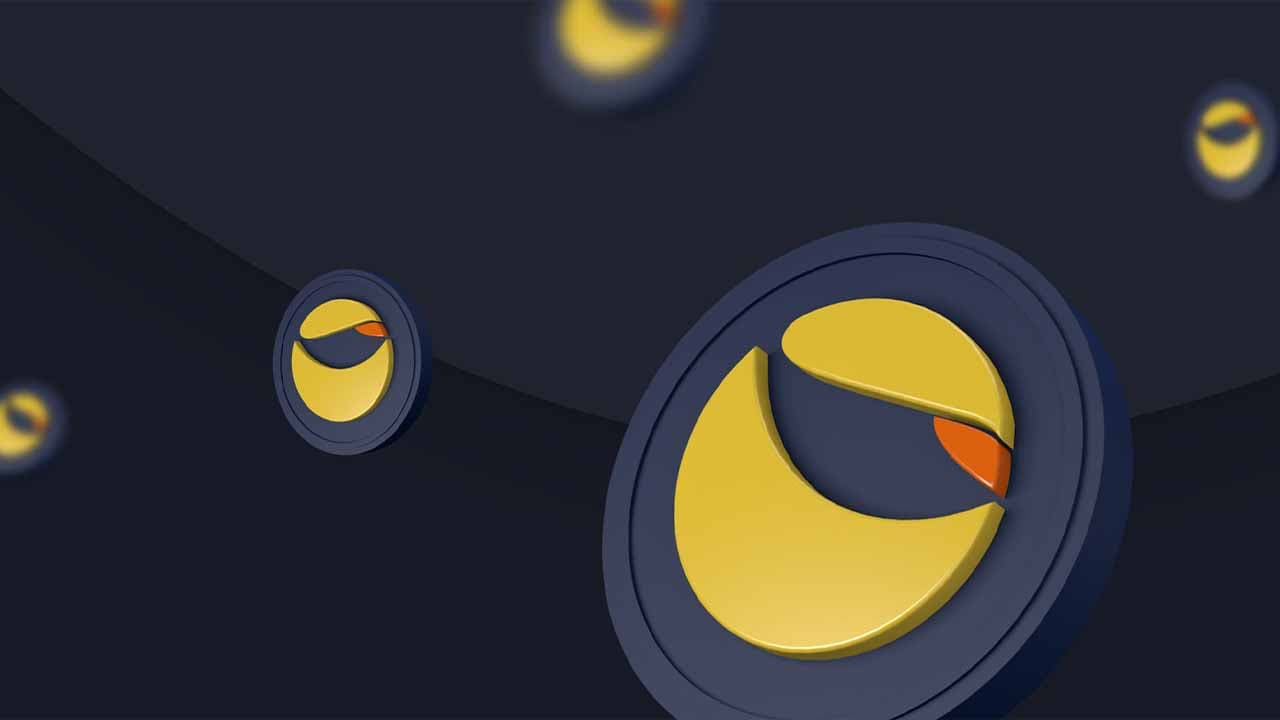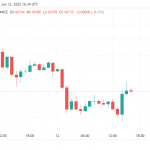LUNA coin reviews and analyzes are curious about LUNA investors. Cryptocurrency markets are declining rapidly due to the tightening policies of the US central bank Fed. However, the fall of Terra’s cryptocurrency LUNA will be remembered for many years in the cryptocurrency markets.
LUNA Coin Comment: Will LUNA Fix It?
Terra was founded in 2018 by Daniel Shin and Do Kwon to drive blockchain and cryptocurrency adoption with a focus on usability and price stability.
Kwon, CEO of Terraform Labs, was previously the founder and CEO of decentralized wireless networking startup Anyfi and was a software engineer at Apple (AAPL) and Microsoft (MSFT). Shin has co-founded and led South Korean e-commerce platform Ticket Monster, as well as startup incubator Fast Track Asia.
In a new plan proposed by Kwon, the Terra blockchain would undergo a hard fork with the creation of Terra Luna 2.0 and renaming the legacy Luna tokens to Luna Classic (LUNC). The new blockchain will also eliminate the failed UST stablecoin. Kwon’s revival plan passed with 65.5% majority approval and went into effect with the launch of the new LUNA token on May 27.
Those who had LUNA or UST before the collapse received new LUNA coins, 35% and 10% respectively. Meanwhile, 30% of new tokens will be directed to a pool of investors in the community.
The testnet of the new blockchain is now live, according to Orbital Command, a validator dedicated to educating the Terra community. The mainnet was launched on May 27 and the hard fork was complete.
It will take some time before the impact of the LUNA collapse on the crypto markets beyond Terra becomes apparent. Analysts at Saxo noted that this could result in stricter market regulations.
“Regulators and policy makers are still working on national and international regulations for the cryptocurrency space, and it is now feared that the regulatory framework will become even stricter and limit some of the current use cases for cryptocurrencies. If potential applications for cryptocurrencies are curtailed, sentiment will likely drop as well.”
June 10, 2022
The US Securities and Exchange Commission (SEC) has launched an investigation into Terra’s algorithmic stablecoin UST. Bloomberg reports that the agency is investigating whether the marketing process for the UST before it was reset violated federal investor protection regulations.
SEC Also Called to Testify
The SEC called Terra co-founder Do Kwon to testify in October 2021, long before the major price crash. At the heart of the SEC’s call for testimony was Terra’s Mirror protocol, a DeFi platform where synthetic stocks that reflect the prices of major US companies are printed and traded. Kwon even said he would later sue the SEC.
June 1, 2022
Terra founder Do Kwon said it’s not a good idea to send LUNA tokens to the burn address. At the insistence of users, Kwon shared a burn address with them, but warned that destroying the tokens was pointless.
In early May, Luna’s circulating supply skyrocketed from 340 million to 6.5 trillion in just a few days. Despite massive supply increases, UST has not recovered due to low demand.
Do Kwon expressed that burning is pointless with these words:
“For clarification, as I have stated many times before, this I don’t think it’s a good idea to send it to the address. When you do this, nothing happens except you lose tokens. I want there to be no confusion.”
Kwon recently suggested forking the chain to revive the ecosystem. However, changing the proposal in the middle of the vote caused some controversy.
May 18, 2022
Do Kwon put his plan to save Terra to a vote among LUNA owners.
Terraform Labs CEO Do Kwon launched a vote today on his plan to save Terra. As we reported earlier, the CEO’s plan included forking the Terra blockchain and allocating LUNA to previous owners according to a certain distribution.
Voting started at 14:30 today and received 11.3 million votes in favor of 23.6 million LUNA an hour after it started. The amount of LUNA required for the vote to pass is 188 million. In a statement on the subject on Twitter, Kwon said:
“If the offer is successful, a final image of the Terra Classic network (old network) will be taken at block 7790000 and a new network will be born.”
Despite the ongoing results, the community appears to be largely against the proposal, according to comments and votes in preliminary polls on the Terra forum.
Following the rapid decline of LUNA triggered by UST’s depegging, Binance Futures has decided to delist token-margin LUNA perpetual contracts.
May 13, 2022
South Korean stock market has been buoyed after the sudden drop in LUNA. He made a statement regarding the decline in Upbit LUNA, which is the largest stock exchange in South Korea, and stated that they are closely following the developments. It was stated in the statement that the decision on whether to continue the support will be made after a detailed examination.
As the crypto community tries to circumvent the fiasco of keeping Terra’s stablecoin Terra USD (UST) indexed to the dollar, the giant cryptocurrency exchange Binance has announced that withdrawals for LUNA and UST are suspended until further notice.
Advised users to close their positions immediately on all current token margin LUNA perpetual contracts. It will be removed from the list as of May 12. Binance has also updated the leverage and margin tiers of LUNA perpetuals with USDT margins, reducing the maximum leverage from 21-25x to 8x.
Binance made the following statement;
“Due to current tick size restrictions for LUNAUSDT perpetual contracts, Binance Futures will take the following precautionary measures: If the price of LUNAUSDT contracts falls below 0.005 USDT, Binance will continue to delist contracts. More information, including the delisting period, will be shared soon. LUNA futures contracts with BUSD margins use BUSD as collateral. Users can choose between 1-8x leverage. Users may use BUSD and/or USDT interchangeably as collateral for LUNA futures contracts with BUSD margin and USDT margin”.
Terra network resumed
With the LUNA and UST crisis raging, Terra had once again shut down the network earlier today. The network resumed block production after a nine-hour hiatus.
As we reported earlier, the team stopped the network for the first time yesterday due to the ongoing crisis and security concerns due to increased supply and inflation. It was then announced that the network was halted a second time at block 7607789 “to find a plan to rebuild the network ”. According to the statement made on Terra’s official Twitter account, the network has started working again.
According to CoinGecko data, LUNA is trading at $0.000013 at the time of publication, while UST is trading at $0.09.
What is LUNA Coin?
South Korean firm Terraform Labs, founded in 2018 by Daniel Shin and Do Kwon, is using Terra’s blockchain and related cryptocurrencies to create a better (digital) financial system free of big banks and fintech app developers. He set out with plans to use his units. Daniel Shin, Co-Founder: Daniel is one of East Asia’s most well-known entrepreneurs. He is the former CEO of TicketMonster ($3.5 billion), South Korea’s leading e-commerce platform. He is also the co-founder of Fast Track Asia.
Terra is a fully digital, decentralized finance company. It is a kind of central bank in its field. Customers can accrue interest on their digital assets, spend them using the company’s payment system, and even trade in synthesized stocks. Terra (LUNA) forms the basis for most of the company’s token system.
Terra Ecosystem
The Terra ecosystem includes stablecoins, Anchor protocol, Terra network native tokens (LUNA) and Mirror protocols.
Stable coins
Terra is stablecoins that are fixed among the world’s leading companies. can access registered US dollar-pegged TerraUSD (UST), Mongolian tugrik-pegged TerraMNT, South Korean won-pegged TerraKRW (KRT) and IMF SDR-pegged TerraSDR (SDT) stablecoins. A flexible money supply fix to fix the issue with price storage. If the currency price deviates from its fixed price, the system normalizes it by decreasing or increasing the money supply. New LUNA coins have been minted for the price of Terra stablecoins.
Anchor Protocol
Anchor is a money market and savings protocol built on the Terra blockchain. Decentralized, it combines three financial principles: payments, investment and savings. Terra allows stablecoin holders to earn a fixed 20% APY. It also provides instant deposits and withdrawals, short-term loans, and LUNA margin trading.
LUNA holders can earn stake rewards without locking the LUNA as they can stake or redeem LUNA at any time. To take advantage of the credit, customers can use staked tokens as collateral. They can also borrow half of the LUNA values in question.
Borrowers should lock in the collateral 150-200% depending on the token. In return, they get TerraUSD. Anchor’s first liquid staking variant is bLUNA, a staked version of LUNA. It allows users to earn betting rewards while giving them full control over their coins.

Mirror Protocol
Mirror via Mirrored Assets (mAssets) issued by the protocol and reflect exchange prices enables the trading of non-digital assets. To mint a mAsset, more than 150% of the real asset’s value must be locked in Terra stablecoins or mAssets as collateral.
About LUNA Coin
LUNA, the Terra network token, is the foundation of the Terra ecosystem. Its main goal is to bring blockchain technologies to the benefit-oriented masses rather than commerce. LUNA is a stablecoin that uses a self-regulating algorithm by printing or burning cryptocurrencies based on Terra’s current exchange rate.
The total LUNA supply is 1 billion tokens and the network is designed to burn tokens if their number exceeds 1 billion. The cryptocurrencies are distributed as follows: 26% given to backers through private sale, 20% kept in price stability reserves, 20% given to Terra Alliance, 20% given to employees and project contributors, 10% reserved . 4% was given for Terraform Labs and Genesis Liquidity quotes on exchanges.
LUNA serves as a betting token that secures the entire network. It can be held, traded and used as collateral. To hold LUNA, customers can use Terra’s own wallet, a hardware wallet, or a mobile wallet to store their assets on their computers. LUNA can be bought or traded on various cryptocurrency exchanges, including Bitfinex, Binance, OKEx, and Upbit.
LUNA Functions
The LUNA coin is used for a variety of purposes, some of which are listed below.
- Betting: The primary LUNA function is to protect the network by locking value through a sharding mechanism.
- Award . Users who confirm transactions and add blocks to the blockchain receive rewards in LUNA.
- Administration : Terra is a community managed protocol. Luna stakeholders have the right to vote on software upgrades, technical changes, changes to the fee structure, and monetary policy.
- Collateralization: LUNA token holders can stake their coins as collateral to confirm transactions and receive rewards based on the amount of LUNA staked.
How Does LUNA Work?
Terra network stablecoins are not insured on their own. LUNA is used as collateral to support price stability. To mint stablecoins, miners must burn an equivalent dollar amount of LUNA. For example, when LUNA is replaced with UST, a certain percentage of LUNA is burned and the rest accumulates in Terra’s Community treasury. At the same time, a new UST is printed.
Community pool accumulates reinvested funds to build more apps using UST. If UST demand is low, Terra’s algorithm increases the fees. This way, validators are always rewarded with a steady UST cash flow.
To become validators and issue transaction blocks, users must stake their LUNA and be among the first 100 LUNA holders. The unqualified can transfer their staked coins to the validators, who can then validate the transactions on their behalf and earn passive income. Users who bet on LUNA receive betting rewards based on their bet size. These rewards come from three sources:
Gas: Terra uses gas to prevent spam when executing smart contracts. Validators define the minimum gas price and reject transactions with higher prices.
Fees: Users are charged fees ranging from 0.1% to 1%, capped at 1 TerraSDR and payable in any Terra currency.
Signorage rewards: Signorage pool rewards are available to validators when they vote to exchange LUNA for Terra stablecoins.
History of LUNA
Terra, a Korean blockchain company Terraform, one of 15 e-commerce companies in Terra Alliance, a holding in Korea and Southeast Asia Created by Labs. The co-founders – Daniel Shin and Do Kwon, who is also the CEO of the company – aimed to create a new kind of cryptocurrency that could reflect the resilient nature of the digital economy.
Terraform Labs was founded in January 2018 and the history of the Terra protocol began.




